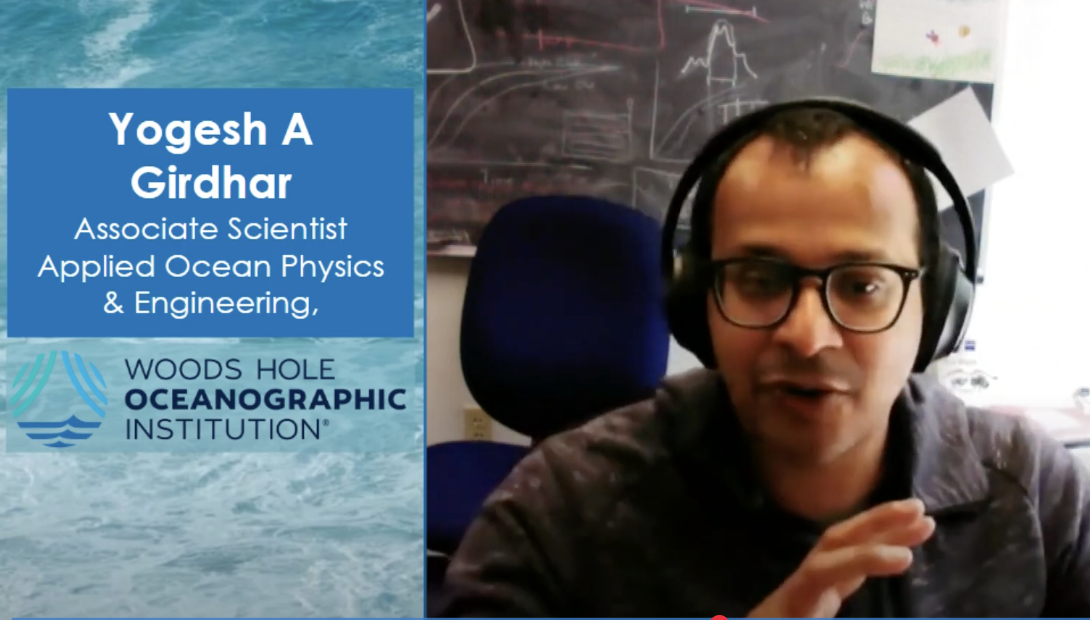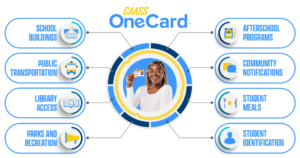Exploring the Ocean’s Final Frontier: How Kids Are Building Robots for the Twilight Zone
Real-World Science in Action—And in the Classroom
“We know more about the surface of Mars than we do about the depths of our own oceans.” Oceanographers repeat this often, and for good reason. The Ocean Twilight Zone (OTZ)—a vast, dimly lit layer between 200 and 1000 meters deep—remains one of the least understood parts of our planet. It plays a key role in marine life, climate regulation, and carbon storage. But studying a place so remote and inhospitable is no small challenge.
That’s where robotics comes in. Thanks to Scoutlier’s OTZ Project-Based Learning Program, students aren’t just learning about ocean exploration—they’re building the tools to do it themselves, engaging in hands-on, inquiry-driven experiences that mirror the real-world challenges scientists face.
Yogesh Girdhar, a scientist at Woods Hole Oceanographic Institution, puts it simply: “If you’re succeeding all the time, that means you’re not really doing anything interesting.” His work with robotics and AI is focused on making exploration in the Twilight Zone not just possible, but more effective. That same philosophy—pushing boundaries and embracing discovery—is now being passed down to the next generation through project-based learning.
“The OTZ is home to species that migrate vertically every night in the largest movement of biomass on Earth,” says Girdhar. “It also serves as a major carbon sink, pulling carbon from the atmosphere and trapping it in the deep sea. But because it’s so difficult to access, scientists rely on technology—especially autonomous robotics—to gather data and uncover its secrets.”
Traditional deep-sea exploration depends on expensive, remotely operated vehicles. But autonomous robots with AI-driven decision-making allow for new kinds of discovery. Instead of following a rigid script, they react to their surroundings, adjusting their movements and objectives based on what they encounter. They are, in a sense, learning about the ocean as they explore it.
Scoutlier’s Ocean Twilight Zone Project-Based Learning Program brings this technology to students. Through hands-on projects, young explorers:
- Design and build their own underwater robots.
- Program adaptive AI that allows their robots to explore and respond to new data.
- Analyze real-world findings just like marine scientists.
- Collaborate on STEM challenges that mirror the work of professional oceanographers.
This isn’t a classroom experiment—it’s a model of project-based learning that prepares students to engage with real-world scientific inquiry. The OTZ program is an excellent fit for K-12 schools looking to integrate STEM into their curriculum, whether as part of a science class, an enrichment program, or a summer camp. It equips students with practical problem-solving skills and leadership opportunities, helping them develop confidence in tackling complex challenges.
By combining robotics, AI, and ocean science, Scoutlier’s program helps students move beyond textbooks and into active exploration. They don’t just study oceanography; they contribute to it. The discoveries of tomorrow might come from students experimenting today.
The Ocean Twilight Zone remains one of Earth’s last frontiers. With the right tools and the right minds, we can bring its mysteries to light. Whether you’re an educator, a student, or just someone fascinated by the deep sea, now is the time to be part of the next wave of discovery.
Learn more about the OTZ program and how your students can participate here!
Scoutlier, in partnership with ONR and Woods Hole Oceanographic Institution, makes it possible to run programs like OTZ at scale, ensuring that students and educators have access to the tools and guidance they need. By providing a structured, easy-to-use platform, Scoutlier helps teachers integrate real-world projects into their curriculum without being overwhelmed by logistics. Data collection, collaboration, and progress tracking are built into the platform, making it easier for students to focus on discovery and innovation. With Scoutlier, schools can bring high-level STEM experiences to more students, equipping them with the skills and confidence to tackle complex challenges beyond the classroom. The program also supports K-12 educators and school leaders in fostering student engagement, teamwork, and leadership—critical skills for the next generation of scientists and engineers.







That’s down the street from where I am right now! If you ever find yourself on Cape Cod, Wood’s Hole is a great take! If you time it right in the summer, you can even catch a film festival!
Absolutely!